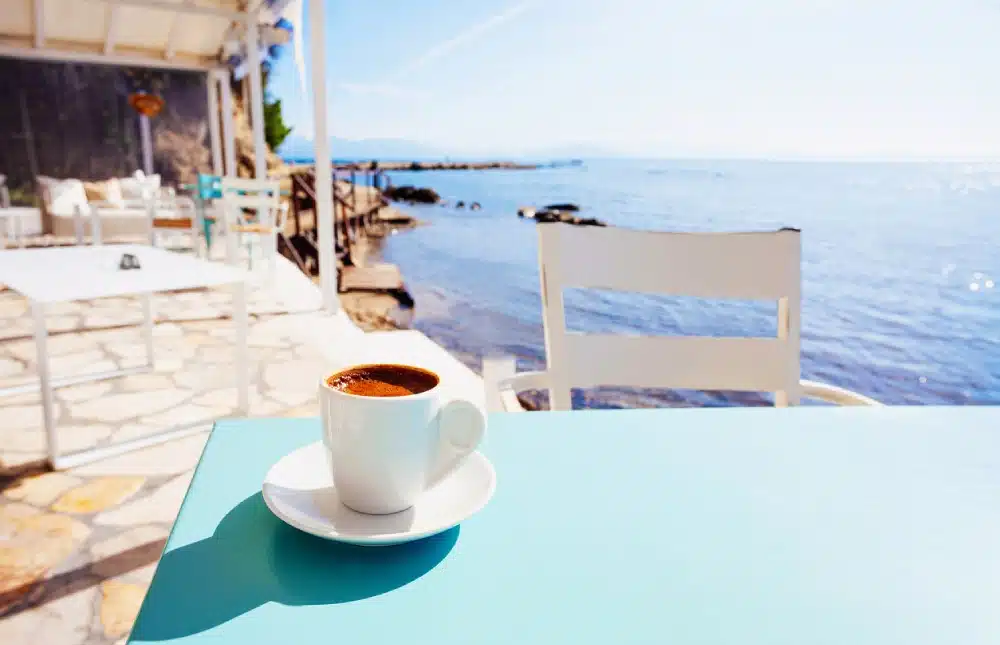As many specialties as there are countries
From far-flung Ethiopia coffee has a rich past to say the least! From East to West and Arabica to Robusta, today coffee in the Mediterranean is synonymous with sharing and conviviality. Come with us on a gourmet stroll through the caffeinated concoctions.
Coffee: an odyssey and a half
While the origins of coffee remain shrouded in mystery, we do know that its roots stem from the Horn of Africa in Abyssinia (present-day Ethiopia) in the province of Kaffa. The precious ‘coffee cherries’ would then have made their way north, crossing the Red Sea and docking at the port of Mokha in Yemen. It was here in the 15th century that the invigorating drink really began to spread, reaching the Egyptian city of Cairo and the Ottoman capital Constantinople, two crossroads of civilisation between East and West.
From Egyptian coffee houses to Parisian terraces, coffee culture is like the shores of the Mediterranean itself: multifaceted and diverse. By assimilating coffee into their traditions, Mediterranean countries have put their own stamp on a cult drink.
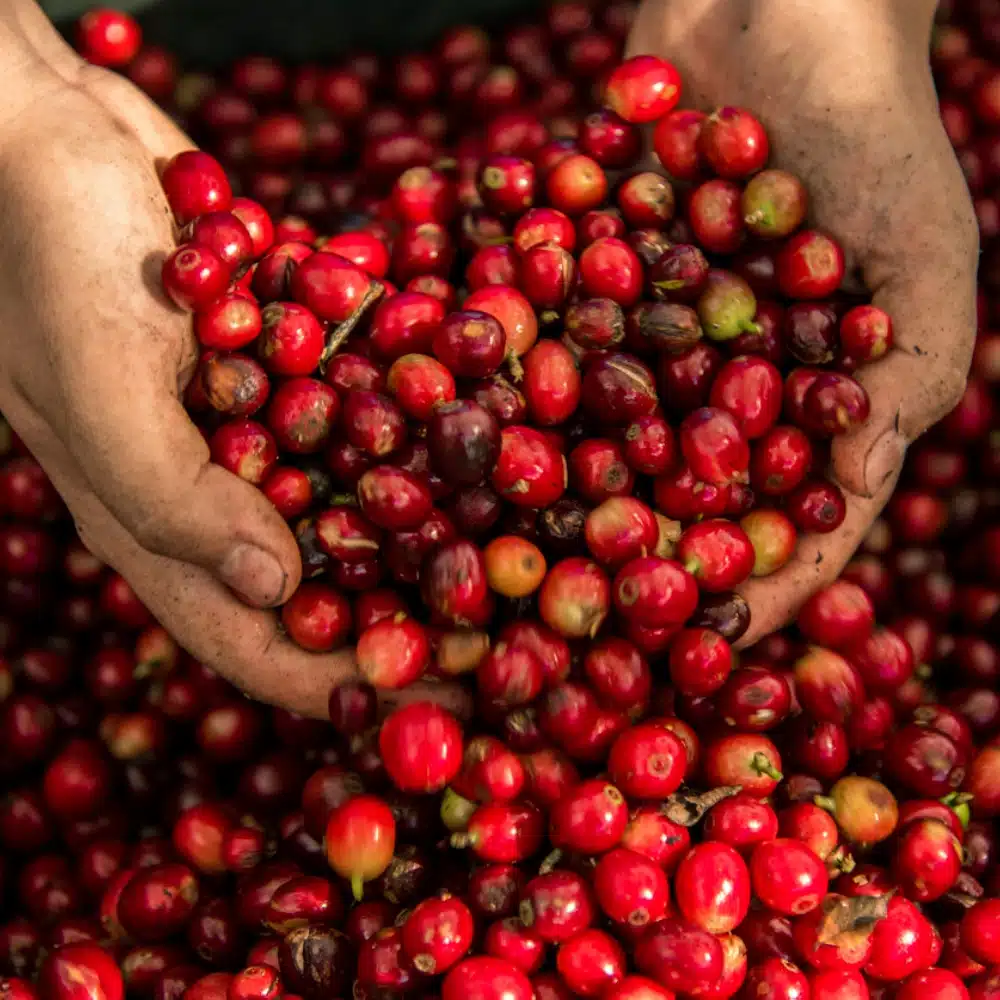
From Egypt to Turkey: a taste of history
In Egypt, push open the doors of any qahveh khaneh (coffee house) and savour a cup of ancestral awha, enjoyed sâda (sugar-free), mazbout (just the right amount of sugar) or sukkar ziyâda (very sweet). It’s also known as ‘Turkish coffee’, not because of its unproven historical origins, but because of its age-old preparation that can be traced back to the Ottoman Empire, a process that draws on decoction (unfiltered) from finely ground beans mixed with hot water in a small copper pot (cezve in Turkish), often flavoured with spices such as cardamom or cinnamon, which add depth and complexity.
Menengiç kahves: coffee from Anatolia
Hugely popular in south-east Anatolia, menengiç kahvesi is made from Pistacia terebinthus instead of coffee beans: pistachios from the wild pistachio trees that thrive in the region. Mellower than classic Turkish coffee, menengiç kahvesi was a firm favourite with the Ottomans, who spread its sweet, nutty aromas the length and breadth of the empire.
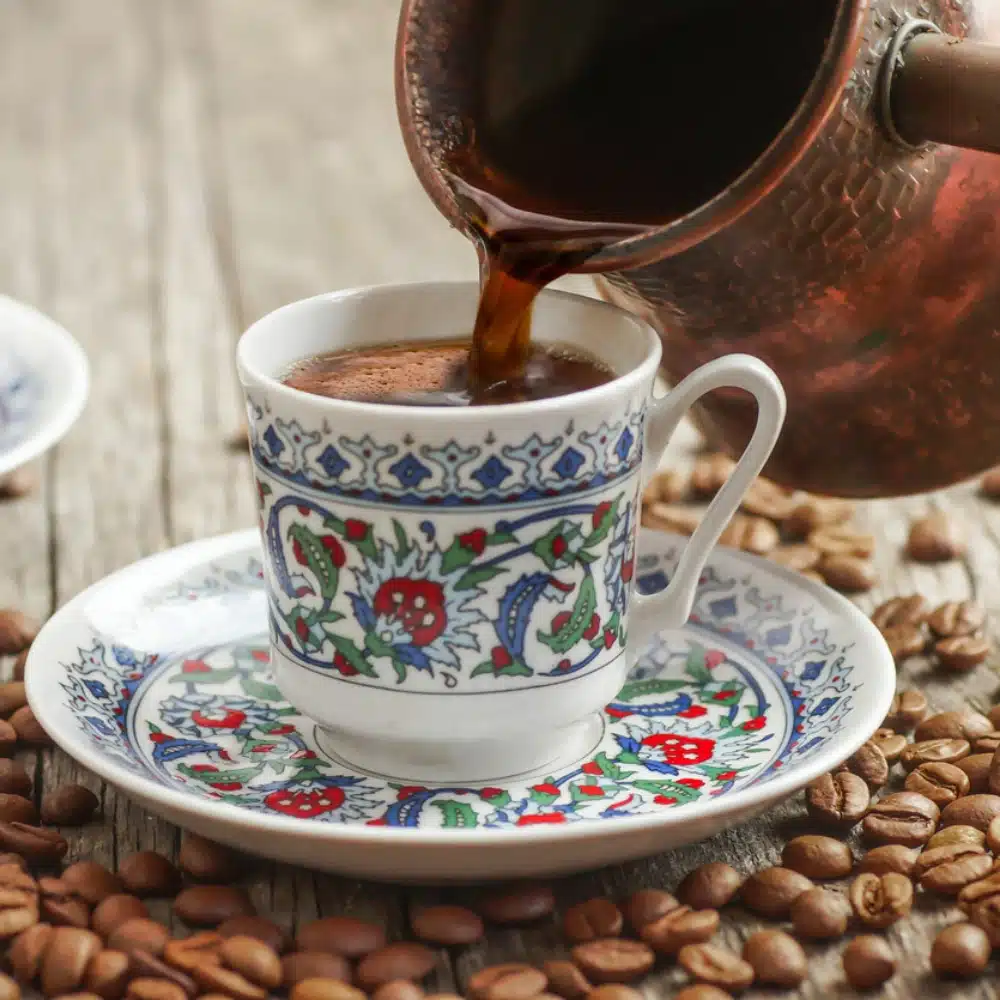
Greek coffee: a ritual all of its own
In Greece, you’ll find them in every village and hamlet: soak up the friendly, authentic atmosphere of a classic kafeneio, the traditional Greek coffeehouses where people meet to chat, play backgammon or simply while away the hours. Be ready with your answer to the question: “sketo, metrio or glyko?” (plain, medium-sweet or very sweet?), because just like in Turkey, Greek coffee is prepared as a decoction from a very fine grind in a traditional copper pot called a birki.
The cosy village kafeneios are a different vibe to the bustling kafeterias you’ll find in the big cities. The star of the show here is authentic Greek iced coffee: a mix of instant coffee, cold water, sugar and lots of ice, blended in a shaker to obtain a deliciously frothy treat. Young Greeks are mad for this stuff!

Italy: leading the way in coffee as an art form
We have the Venetians to thank for bringing coffee to Europe. So much more than just a drink, in Italy it is a whole way of life, starting with its simplest (and most powerful!) form: the humble yet effective espresso. Short and intense, this is knocked back in cafeterias, shared and sometimes given as a gift. It is brewed ristretto, meaning “tight”, lungo, meaning “long”, doppio, meaning “double”, or corretto, meaning “corrected” (with liqueur). But it can also be mixed with a large quantity of hot milk and topped with an airy milk foam to create a classic cappuccino, or with just a dash of milk foam for a café macchiato.
Frozen sweetness
How about “drowning” – affogare – a delicious scoop of vanilla ice cream with an espresso? This is the secret behind delicious affogato coffee, a moreish Italian hybrid that’s half drink and half iced dessert, often topped with cantuccini: crispy almond biscuits from Tuscany.

Coffee in France: smooth and elegant
In France, “espresso” is called “expresso”, and is slightly longer than its Italian cousin, although enjoyed in the same convivial spirit. For extra sweetness, milk can be added. The term ‘café au lait’ is used when black coffee and hot milk are mixed in equal parts. A ‘noisette’, meanwhile, gets you an espresso rounded off with a splash of milk or cream for an elegant hazelnut hue.
Did you know?
The French “Viennese coffee” is fantastic, but don’t ask for wiener kaffee in Vienna. In Austria, it’s known as einspänner, or “coachman’s coffee”, harking back to when coachmen would warm their hands (and the cockles of their hearts) between trips with a hot coffee topped with whipped cream. It can sometimes be sprinkled with cocoa powder or grated chocolate. When taken cold, Viennese coffee in Paris is known as a “café liégeois“: cold coffee with lashings of coffee and vanilla ice cream topped with whipped cream.

Spain’s passion for coffee
While coffee arrived in Spain later on, it’s as popular as ever there, too. Try a classic café con leche (espresso mixed with a hefty dose of milk) or a café bombón: a real treat combining sweet coffee and condensed milk, served in a see-through cup all the better to admire its elegant layers of black and white. Likewise, the barraquito, an unmissable island twist from the Canary Islands, stars a layer of liqueur sandwiched between the condensed milk and coffee, topped with milk foam, cinnamon powder and lemon zest. A dash of brandy or rum gives traditional carajillo coffee a little oomph.
Iberian freshness
Café con hielo is the taste of summer, and an integral part of Spanish coffee culture. The idea is a simple one: a steaming cup of solo coffee alongside a glass filled with ice cubes. Pour the espresso over the ice cubes and enjoy a delicious iced coffee. The recipe may be straightforward, but a few small details can make all the difference: for perfect flavour, Robusta coffee powder should be ground as finely as possible. Café con hielo is traditionally served sweet, and feel free to add a drop of milk if the fancy takes you, too.
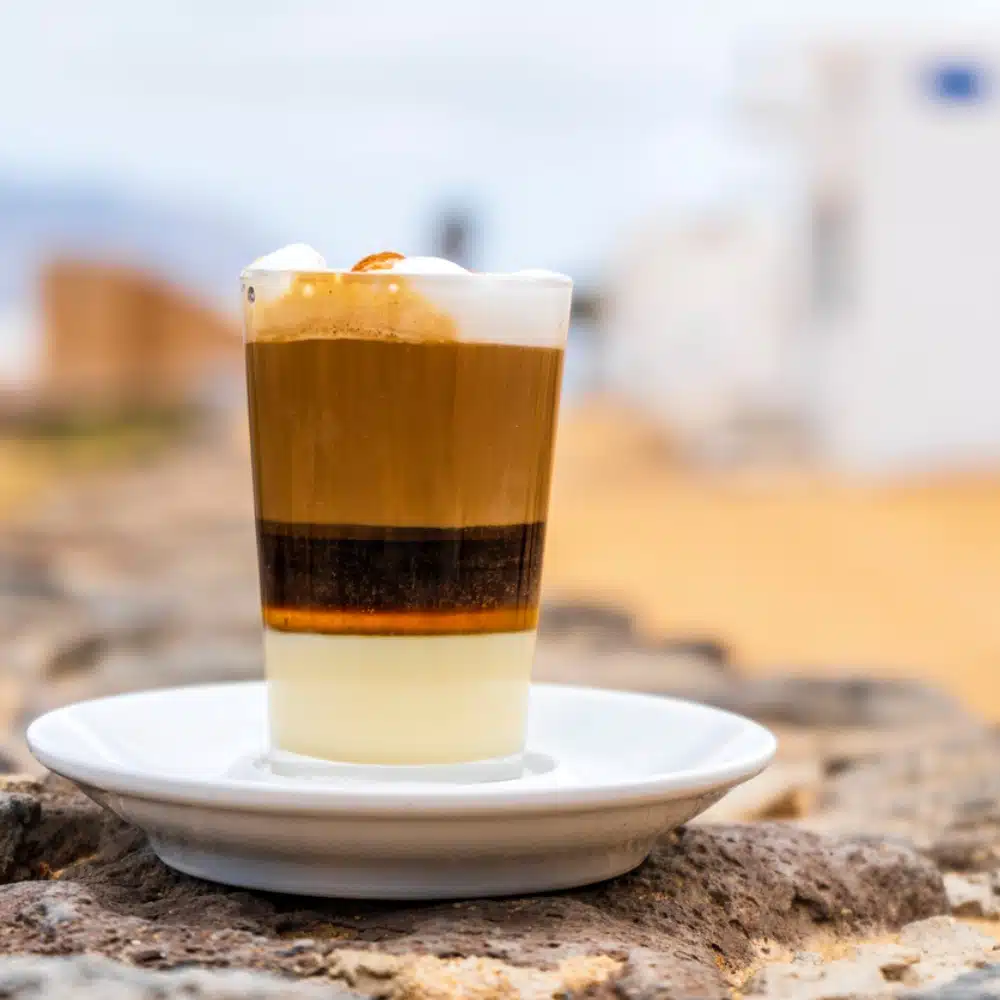
Photos credits : ©iStock ; ©PONANT/J. Fabro
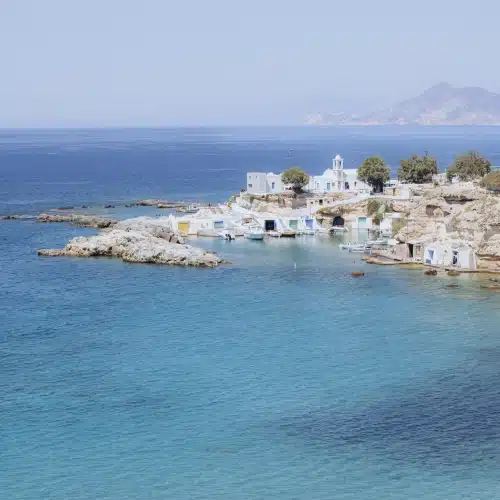
Savour the flavours of the Mediterranean
Embark on a tasty odyssey with PONANT.

